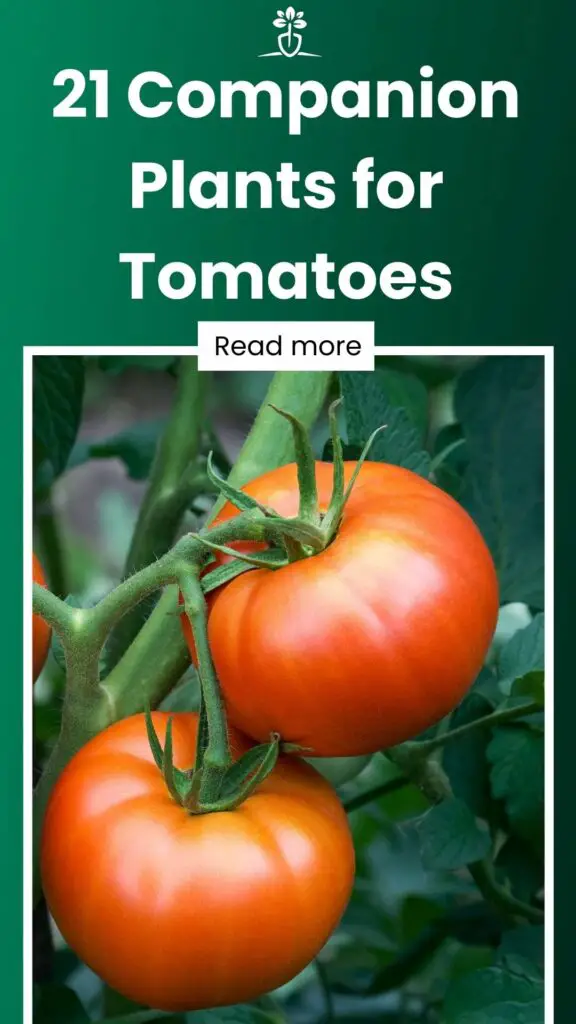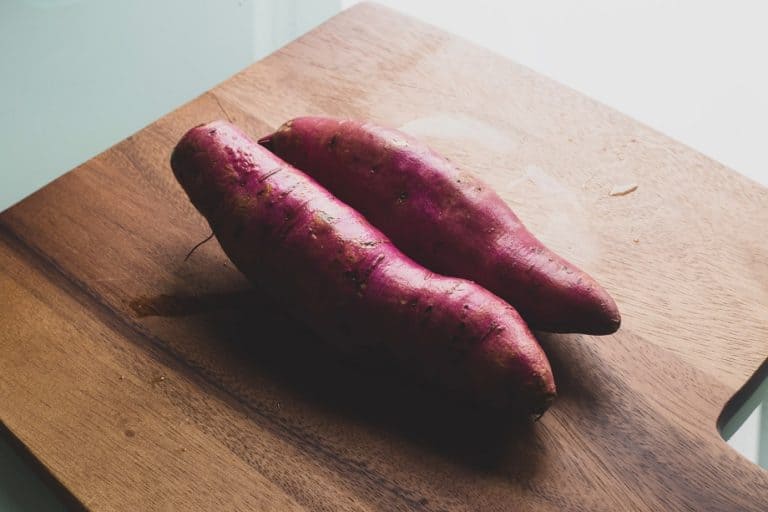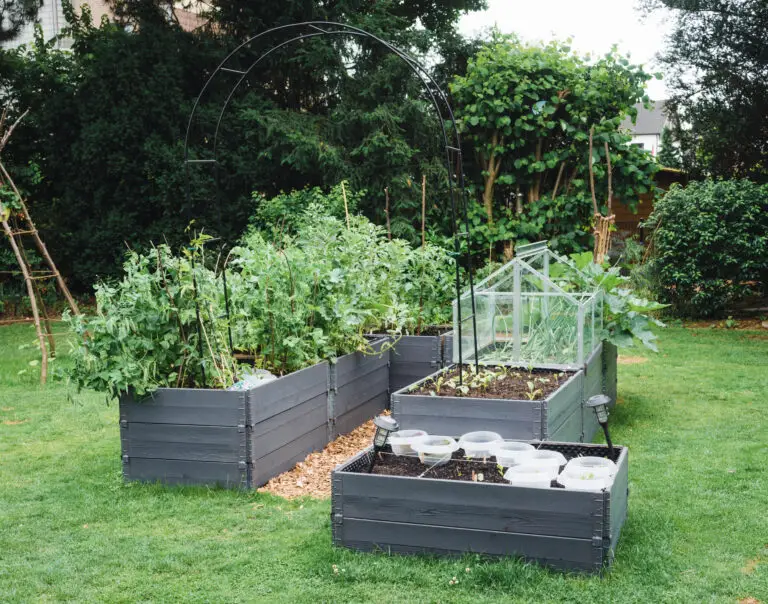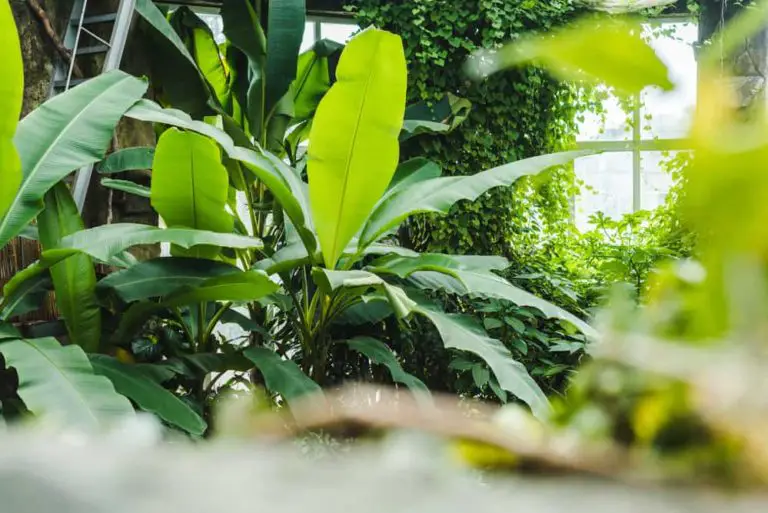21 Companion Plants for Tomatoes
{“statusCode”:401,”message”:”License key not found”}
Biodiversity contributes to the successful growth of plants in organic farms, smallholdings, and permaculture gardens. However, it is worth noting that companion planting does not necessarily mean that you should cram many plants together in no particular order. You have to carefully consider how the plants will be beneficial to each other.

Contents
Companion Planting
Before we delve into the best companion plants for your tomatoes, we will take a look at companion planting and the types of companion plants. Companion planting includes:
- Inter-cropping
- Layered forest gardens
- Individual companion plants
- Polyculture annual garden beds
- Smaller-scale fruit tree
It is essential to have a good grasp of what companion plants are since you can better understand their benefits and why you should incorporate them in your garden.
Types of Companion Plants
There are multiple types of companion plants, and they will all offer your tomatoes different benefits. Listed below are the different benefits that a companion plant can offer your tomatoes.
Environmental Aid
Specific companion plants can improve the environment in one way or another, which is beneficial to the plants they are planted next to. For instance, they may create a good ground cover, offer support for growing plants, or cast beneficial shade. This can keep the soil healthy, reduce loss of water and competition from weeds.
Beneficial Attractants
Beneficial attractants are companion plants that attract certain creatures and predatory insects that can help keep the number of pests down. Usually, they prey on pests, meaning you will not have to worry about keeping the pests away.
Pest Controllers
Specific companion plants can repel or distract pests, which in the long run prevents your crops from being decimated. For instance, you could use onions and carrots for this purpose. The scent of marigold also repels a lot of pests.
Dynamic Accumulators
Through companion planting, you can significantly increase the nutrients available in the soil, making them more available to the plants. Dynamic accumulators are companion plants that collect nutrients from deep within the soil or from the air, making them available to the plants next to them. This includes comfrey, beans, and peas.
Make the Most Out of Time and Space
You can maximize your harvest through companion planting. Make the most out of your time and land by ensuring that your garden is giving you everything it can, and it will keep doing that sustainably. You can use companion plants to fill the space between your tomatoes. You can achieve this through layering plants, which can get you more harvest instead of watching and waiting for one plant to grow.
When you select a companion plant for your tomatoes, it is essential to consider the advantages and disadvantages. For instance, while your companion plant of choice may compete for nutrients and water with your tomatoes, it may offer several other benefits that outweigh this negative trait.
Most people have not fully grasped the benefits of plant interactions or companion planting. However, this should not stop you from experimenting and seeing what best works for you because you cannot deny that specific plants work well together. It is worth noting that the soil type and climate play a significant role in what works where.
Companion Plants for Your Tomatoes
There are different factors you will have to consider when choosing companion plants for your tomatoes. For instance, if you grow tomatoes in a yearly growing area, it is essential to consider both time and space when choosing a companion plant. You may want to consider whether you want to grow the companion plants as an interim crop or if you would like for them to grow with the tomatoes until it is time to harvest them.
It would be best if you considered your crop rotation strategy. The plants that will come after or before you plant your tomatoes are as essential as the plants you will plant alongside them. Listed below are some of the plants you should consider planting with your tomatoes when you create a crop rotation and planting layout.
Dill
Dill has tiny flowers that usually supply pollen and nectar to various beneficial insects like parasitic wasps, ladybugs, and minute pirate bugs. When you plant dill alongside your tomatoes, parasitic wasps that will be feeding on the dill blossom can lay eggs in tomato fruit worms and tomato hornworms. Therefore, it helps to plant dill alongside your tomatoes and let them flower to attract beneficial predatory insects.
Cucumbers
You can use cucumbers to prevent the growth of weeds by growing them as a thick ground cover mulch for your tomatoes. They also reduce the germination of weeds and shade them. They are excellent tomato companions, especially if you are beginning by transplanting.
Sweet Potatoes

The best tomato companion plants to reduce diseases are sweet potatoes. Although they do not have any compound that fights diseases, they prevent your tomato fruits from touching the ground and prevent the plant from the “splash up effect.” Different fungal diseases are found in the soil, so when it rains, the drops may splash the soil on your plant, which ends up infecting them.
Therefore, when you grow sweet potatoes around your tomato plants, they provide a dense cover that significantly reduces the splash-up effect. You can also incorporate a cover crop that leaves its residue on the soil to be that much more effective.
Basil
Basil is more than an excellent companion for tomatoes on a plate. It is also an excellent companion plant for your tomatoes in the garden. You can use it to deter tomato hornworms and thrips.
Thrips can transmit tomato spotted wilt virus, which will result in stippling on your tomato fruits and stunted growth. By planting basil alongside your tomatoes, you can prevent this.
Hairy Vetch
Hairy vetch can significantly bring down the foliar disease in your tomato plants. It is also a legume that adds nitrogen to the soil. It can be used as a cover crop, and it would be best to plant it during fall.
Sunflowers

Bumblebees love sunflowers. So they will be an excellent companion plant for tomatoes and other vegetables in your garden since they attract bumblebees, meaning an increase in pollination. Even though tomatoes self-pollinate, bumblebees can significantly enhance the rate of pollination.
Oregano
Oregano is an excellent plant companion to add to your tomato patch. It is worth noting that for oregano to be an effective companion plant, it must flower. When it flowers, it can support multiple beneficial predatory insects, hence being of value to your tomato plants.
Mustard Greens
If you grow tomatoes, then you know how problematic verticillium wilt is for tomato plants. The best thing you can do is growing mustard greens as a cover crop before you grow your tomatoes. This can significantly reduce the disease.
However, it is worth noting that this will only be effective if you turn mustard greens in the soil a couple of weeks before you plant your tomatoes.
Crimson Clover
If you grow crimson clover as a living mulch, it can serve as an excellent companion plant for your tomatoes. You can plant crimson clovers in between tomato plants or between the rows and allow them to grow through the season. It is a legume that will provide nitrogen to the soil and plants next to it via nitrogen fixation, not forgetting that it outcompetes weeds.
Coneflowers
Coneflowers have large and wide blooms, which provide excellent landing pads for bumblebees. They would make an excellent tomato companion, and they are also very beautiful. Therefore, plant some around your garden to improve pollination for both your tomatoes and other vegetables in the garden.
Cowpeas
Cowpeas are excellent companion plants for your tomatoes since they can help with pest control. For instance, green stink bugs love cowpeas, so planting them next to your tomatoes means the bugs will not attack your tomatoes, which saves them from damage. Sow the cowpeas before you plant your tomatoes and ensure that they are several feet away.
Fennel
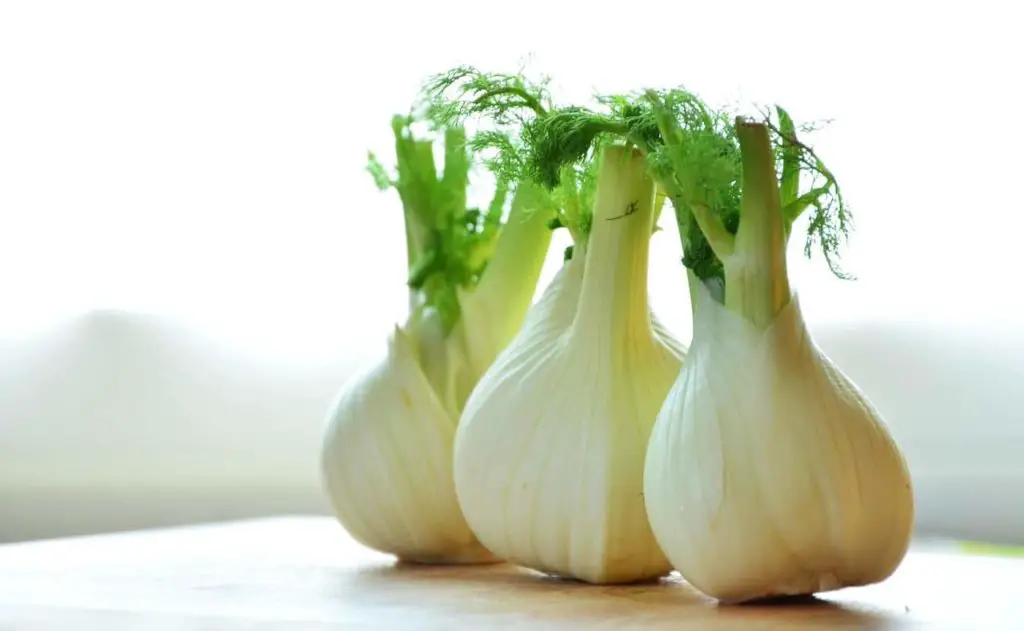
Just like dill, fennel also has tiny flowers which offer nectar to multiple beneficial insects. For instance, aphids are very problematic to tomato plants, so planting fennels next to your tomato can limit this problem.
Winter Rye
Winter rye can significantly reduce the weeds growing around your tomato plant, making it an excellent plant companion. It is one of the most common cover crops used to reduce weed growth. It has about sixteen allelochemicals that limit the germination of weed seeds.
However, it does not harm or interfere with the growth of your tomatoes or any other plants you transplant them with.
Red Clovers
Bumblebees also love red clovers, meaning you can employ them as living mulch to improve the numbers of pollinators. Red clovers also support a wide array of other beneficial insects, not forgetting that they can fix nitrogen. Therefore, this would be an excellent companion for your tomato plants.
Sweet Alyssum
Sweet alyssum makes a good companion plant for your tomatoes. It has small white blooms that are a great food source for parasitic wasps and syrphid flies, which help manage aphids. Have them growing beneath your tomatoes.
Oats
If you are a beginner, oats will be an excellent cover crop for you. They will be killed during winter, so you will plant your tomato plants over their residue when spring comes. Oats are a great tomato plant companion because they help prevent the growth of weeds.
Another perk of using oats as a companion plant is that it provides the soil with organic matter when their residue decomposes.
Collards
Planting collards as companion plants for your tomatoes is a good strategy, especially if every season, harlequin bugs usually attack your tomatoes. These bugs are more common in the warmer US regions. They prefer plants from the cabbage family, so having collards nearby is an excellent strategy to lure them away.
Collards would be more of a sacrificial plant, so it would be best to plant them in advance. Have the collards several feet away from your tomatoes, preferably around your garden’s periphery.
Thyme
Thyme will be a good companion plant choice for your tomatoes, especially if the yellow-striped worms are a nuisance in your garden. Note that when you rotate the tomatoes, the plants will have to be moved. When you interplant thyme with tomatoes, there can be a significant reduction in adult armyworms that lay eggs.
Carrots

You can plant carrots as companion plants for your tomatoes. Some people believe that as a result of doing this, you may harvest smaller carrots, but the upside is you will have an improved yield overall. You can plant and harvest the carrots before the tomatoes take off and later add another plant when the tomatoes are doing well.
Celery
Planting celery alongside your tomatoes causes no harm to either plant. Your celery could significantly benefit from the shade provided by the tomato. Although, it is worth noting that celery fits better with the cabbage family.
You must avoid planting any members of the cabbage family alongside your tomatoes.
Peppers
Planting peppers alongside your tomatoes come with a warning. Some garden books and gardeners will warn you against planting members of the Solanaceae family, such as tomatoes, peppers, and potatoes, together. It can be problematic since it will be easy for diseases like blight to spread among them.
It is more problematic to grow them one after the other than it is to grow them together. Besides, both peppers and tomatoes like the same conditions and they grow at the same time.
As mentioned earlier, the climate and soil condition may affect the results you get with different plant companions for your tomato plants. However, try different companions for your garden until you find out what works best. If you have a home garden, ensure you are observant and ask around to determine what plant companions other people are using.
